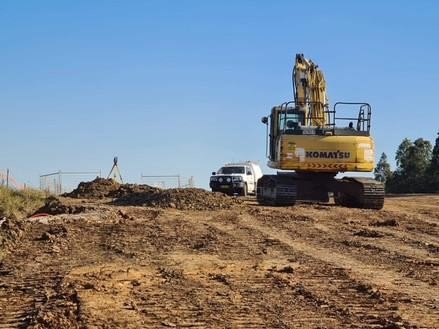Table of Contents Show
In North Carolina, building a beach house can be satisfying, but there are some unique factors to take into account.
To maximize property value, it is essential to collaborate with local architects and engineers who have experience in coastal regions.
These experts can help you with the procedure and provide best practices, which can raise the worth of your house.
1. Local Zoning
Zoning regulations differ among beach communities; properties in AEC zones probably require a CAMA Permit. Coastal development near protected areas is governed by the CAMA. Building location and setback regulations determine building footprint.
Real estate brokers can start a preliminary investigation with local government representatives and engineers; this can take several weeks.
To ensure that your custom luxury beach house aligns with local regulations and requirements, you’ll need to pay close attention to building location and setback regulations.
2. Flood Zones
In areas that are prone to flooding, the only safety precaution is elevation, thus it’s critical to understand your flood zone and its needs. These will establish whether raising your home is necessary to prevent future flooding. For instance, if the flood zone for your property is AE 16, you will typically need to raise your first floor to a height of at least 16 feet above sea level.
3. Materials Selection
In addition to flooding, sea salt’s corrosive qualities are a worry for coastal properties and can influence the choice of various external materials. When choosing these materials, keep the following in mind:
Select materials—such as decay-resistant woods or composite materials made to endure coastal elements with little to no maintenance—that can sustain exposure to sea air and are inherently resistant to severe weather.
Even though metal is a strong, long-lasting substance, salt air may nevertheless damage it if it is left exposed. Concrete and cedar are excellent substitutes since they are both strong and water-resistant without sacrificing visual appeal.
Since non-wood composite materials like fiberglass and non-cellular PVC plastic are more weather-resistant than wood, they should be used for all exterior trim and siding.
Standing seam metal roofs can offer superior protection against corrosion and wind, even if they are more costly. Certain homeowner insurance companies give standing seam metal roofing discounted rates. They also produce a clean, architectural appearance.
4. Doors and Windows
Because they are often the weakest places of a building, windows, doors, and other openings are vulnerable to flying debris and strong winds. Beach residences should take the following factors into account when choosing windows and doors:
An impact-resistant coating on laminated glass increases the stability of your house while withstanding debris and high wind pressure.
Install windows that are tested to 150 mph in hurricane-prone areas. For added protection, you can install external plastic windows if you’d like. Just make sure the windows are securely fastened.
5. Hurricane and Wind Protection
Make sure your design is structurally engineered and approved by an expert who will examine your home’s wind load calculations during the design phase. By doing this, you may be sure that your house can handle local wind loads.
To lessen wind loads, take into account hip and low slope roofing systems. Certain kinds of roofs qualify for reductions from some insurance companies.
Install shutters to give your windows and doors more protection, or install a system that makes it simple to install shutters in the event of an impending storm, such as a track. It is crucial to utilize the proper construction fastening solutions since roof structures are vulnerable to rise from severe winds.
Make sure there is nothing obstructing the water’s movement in your gutters and downspouts before a storm.
Put your garage door in a brace to stop further damage. Because most garage doors are not reinforced, they are under tremendous pressure when it’s windy outside.
Make a hurricane household plan if you live in a hurricane-prone area. Hurricanes can appear out of nowhere and grow to be very dangerous.
Mandatory evacuations may occur days before a hurricane makes landfall. When an evacuation occurs, thousands of people often abandon the region, making it difficult to exit at times. It can save time and tension to know where you’re going and how you’re going to get there.










